11 May
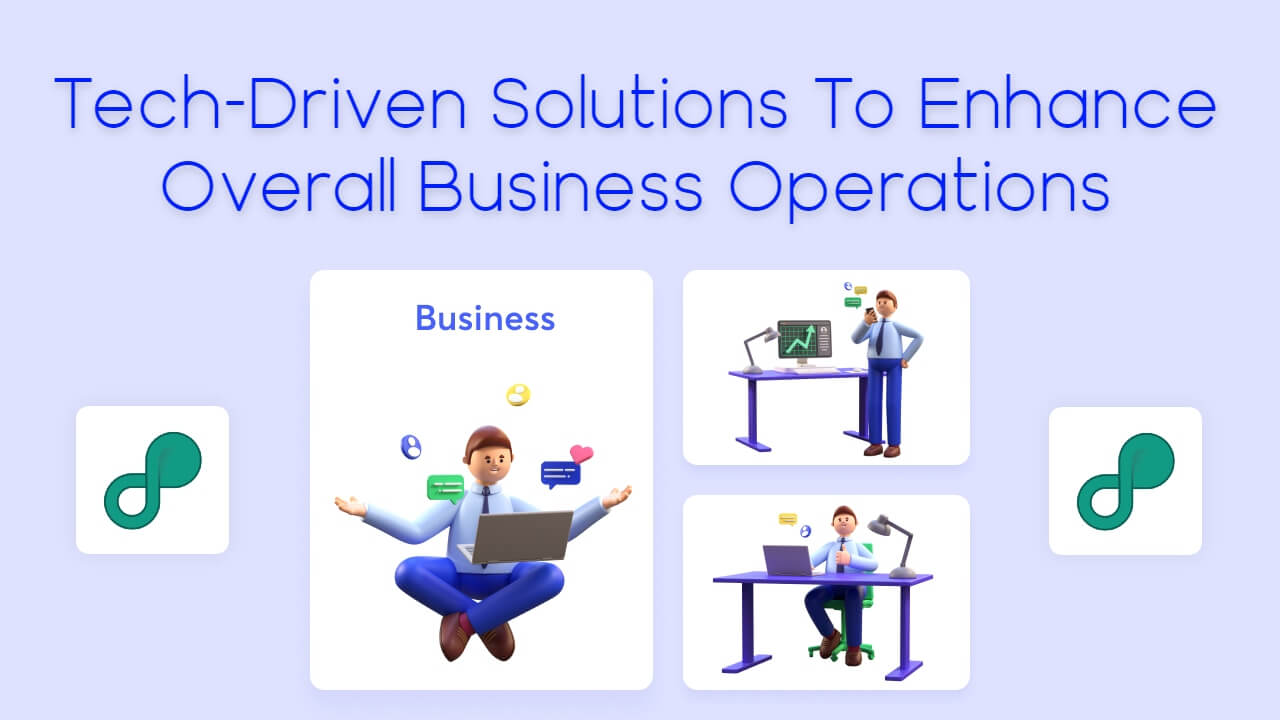
Do you remember the days of rotary phones and handwritten memos? It’s hard to believe that was once the norm for business operations.
Nowadays, technology has transformed how we work and has become essential to every organization’s success. In fact, businesses that fail to embrace technology are often left behind in today’s fast-paced market.
From cloud-based solutions to artificial intelligence and machine learning, technology offers endless possibilities for improving business operations.
In this article, we’ll explore the top seven tech-driven solutions that can help take your business to the next level. So, whether you’re struggling with data management, customer engagement, or team collaboration, these solutions have got you covered.
Let’s begin!
Robotic Process Automation (RPA)
Imagine having a robot that can handle tasks like entering data, processing invoices, and generating reports, without making mistakes or getting tired. That’s what Robotic Process Automation (RPA) is all about!
With RPA, software robots, or “bots,” are programmed to mimic human actions on a computer. They can navigate different software applications, input data, perform calculations, and communicate with other systems.
The beauty of RPA is that it can take care of these mundane and time-consuming tasks, freeing up your human employees to focus on more important and strategic work.
This technology can be particularly useful in industries that deal with a high volume of routine and repetitive tasks, such as finance and accounting, human resources, and customer service. These industries follow a set of rules or a standardized process that require employees to be on their toes at all times.
However, RPA can follow the set guidelines and handle all the repetitive tasks 24/7 effortlessly. This not only saves time but also reduces errors, as bots are designed to work with precision and accuracy. This means businesses can operate more efficiently, with faster turnaround times and increased productivity.
Data Analytics and Business Intelligence
Data analytics and business intelligence have become crucial tools for businesses seeking to make data-driven decisions. With the abundance of data available, organizations can harness the power of analytics to gain insights into customer behavior, market trends, and operational efficiency. Let’s learn about the same in detail.
Data analytics involves examining raw data to uncover patterns, correlations, and trends that can inform business strategies and decision-making. It encompasses various techniques, such as:
- Descriptive Analytics: It involves using statistical measures and data visualization techniques to present data in a meaningful way, such as through charts, graphs, and reports.
- Diagnostic Analytics: It involves digging deeper into the data to uncover patterns, correlations, and relationships. By analyzing historical data and performing root cause analysis, organizations can identify factors that contributed to specific outcomes.
- Predictive Analytics: Predictive analytics utilizes historical and current data to make predictions and forecasts about future events or outcomes. By applying statistical models, machine learning algorithms, and data mining techniques, organizations can anticipate trends, patterns, and behaviors.
- Prescriptive Analytics: Prescriptive analytics goes beyond predicting future events by recommending the best course of action to achieve desired outcomes. It uses advanced algorithms and optimization techniques to evaluate various scenarios and suggest the most optimal solutions.
By applying these techniques, businesses can transform data into actionable insights.
On the other hand, business intelligence focuses on collecting, organizing, and analyzing data to provide a comprehensive view of the business’s performance. It involves using software tools and applications to gather and analyze data from different sources, including internal systems, customer interactions, and market research.
The insights derived using data analytics and business intelligence enable organizations to understand their strengths, weaknesses, opportunities, and threats, leading to informed decision-making.
Customer Training with E-Learning Platforms
Customers are the ones who buy products and services, and their satisfaction and loyalty are crucial for business growth. However, with the rapid advancements in technology and the introduction of advanced products, customers often need training to effectively use these new offerings.
That’s where Customer Training Platform comes into play. You can use this platform to offer virtual training to customers worldwide using videos, tutorials, and gamification. It offers the customers flexibility to learn at their own pace and convenience without the need for physical classrooms. This saves time and business resources, along with offering a seamless learning experience for customers.
Effective customer training will eventually help businesses enhance their customers’ product knowledge and self-sufficiency. This can improve customer satisfaction, loyalty, and advocacy, ultimately driving business growth.
Additionally, businesses can track customers’ progress and performance on these platforms, allowing them to gain insights into customer behavior and preferences. This information can then be used to tailor products and services to meet customers’ specific needs and preferences.
Customer Relationship Management (CRM) Systems
Customer Relationship Management (CRM) systems are technological solutions that help businesses effectively manage customer interactions and relationships. These systems provide a centralized platform for businesses to store and access customer data, such as contact information, purchase history, and preferences.
By organizing and analyzing this data, CRM systems enable businesses to gain valuable insights into customers’ behavior and needs. To be more specific, this software facilitates personalized interactions with customers by providing a holistic view of their journey, allowing businesses to tailor their marketing efforts and customer service accordingly.
With CRM systems, you can track and manage leads, automate sales processes, and improve customer support by streamlining communication across departments. Additionally, it enables you to measure and analyze customer satisfaction, identify growth opportunities, and foster stronger customer relationships.
Cloud Computing
Cloud computing is a game-changer when it comes to enhancing overall business operations. It’s like having a virtual powerhouse that offers storage, computing power, and applications on demand. Instead of relying on physical infrastructure and on-site servers, cloud computing allows businesses to access these resources over the Internet.
Imagine the flexibility it brings! With cloud computing, you can scale your operations up or down based on your business’s needs. Whether it’s storing massive amounts of data, running complex applications, or hosting websites, the cloud provides the necessary capacity. Plus, it’s cost-effective since you only pay for the resources you use.
Security and data backup are major concerns for any business, and cloud computing addresses these worries as well. Cloud service providers often use robust security measures and data backup systems, ensuring the safety and availability of your critical information.
Not to mention, it also promotes collaboration and remote work. Team members can access files, applications and share documents from anywhere, fostering seamless collaboration and boosting productivity. Considering all these perks of cloud computing, it won’t be wrong to say that it’s a no-brainer solution for accelerating overall business operations.
Artificial Intelligence (AI) and Machine Learning (ML)
Artificial Intelligence (AI) and Machine Learning (ML) technologies have gained immense popularity due to their transformative potential. AI and ML algorithms can analyze vast data, identify patterns, and make predictions or recommendations.
In the business realm, AI and ML offer numerous benefits that can help boost performance and help upscale the business. They can automate repetitive tasks, reducing the burden on employees and freeing up time for more strategic activities.
AI-powered chatbots, for example, can handle customer inquiries, improving response times and customer satisfaction. ML algorithms can analyze large volumes of data to uncover patterns, trends, and anomalies, providing valuable insights for informed decision-making.
This can lead to optimized processes, improved efficiency, and cost savings. Additionally, AI and ML enable personalized experiences by understanding and predicting customer preferences, enhancing customer engagement and loyalty.
In short, businesses that harness the power of AI and ML can unlock new opportunities, drive operational efficiency, and offer a competitive advantage.
Internet of Things (IoT)
Last but not least, the Internet of Things (IoT) refers to the network of interconnected devices embedded with sensors, software, and connectivity, enabling them to collect and exchange data. It involves connecting everyday objects and systems to the internet, allowing them to communicate and share information.
Imagine a scenario where your car notifies you about low tire pressure or a refrigerator that automatically orders groceries when it senses you’re running out of essentials. These are examples of IoT in action.
For businesses, IoT can integrate with different devices and systems to gather real-time data on operations, performance, and usage patterns. It offers businesses unprecedented visibility and control over their operations.
For instance, in manufacturing, IoT-enabled sensors can monitor machinery, detect faults, and send alerts for proactive maintenance. IoT can track shipments, optimize routes, and monitor inventory levels in logistics.
The IoT opens up a world of possibilities for businesses to grow and deliver the best to the end-users. By harnessing this data, companies can make informed decisions, streamline processes, and improve efficiency.
To Sum It All Up
Technology has brought about unprecedented changes in the way businesses operate. New and innovative solutions have made it easier for businesses to optimize their processes, improve efficiency, and provide better customer experiences.
As discussed above, embracing the latest tech-driven solutions can help organizations stay ahead of the curve and create a sustainable competitive advantage. As businesses continue to evolve and adapt to the changing landscape, exploring and implementing suitable solutions that align with their goals and objectives is essential. So, what are you waiting for? Adopt these technologies right away!
.png)

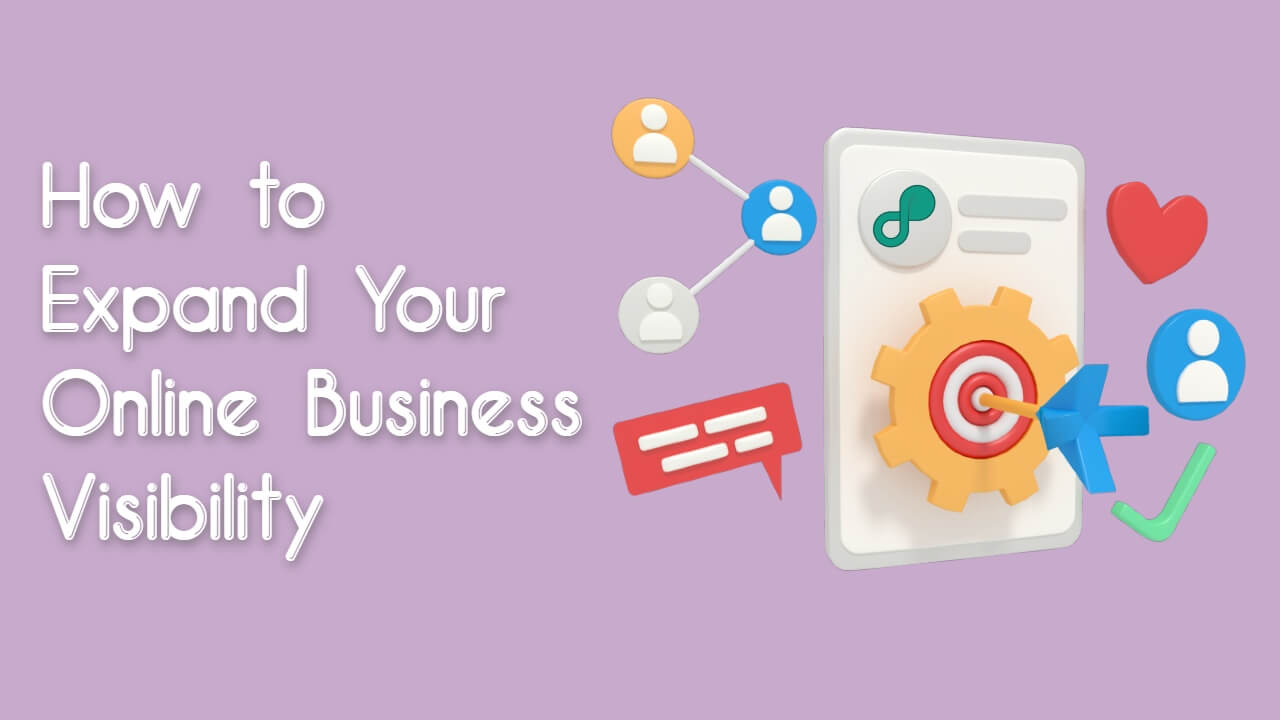



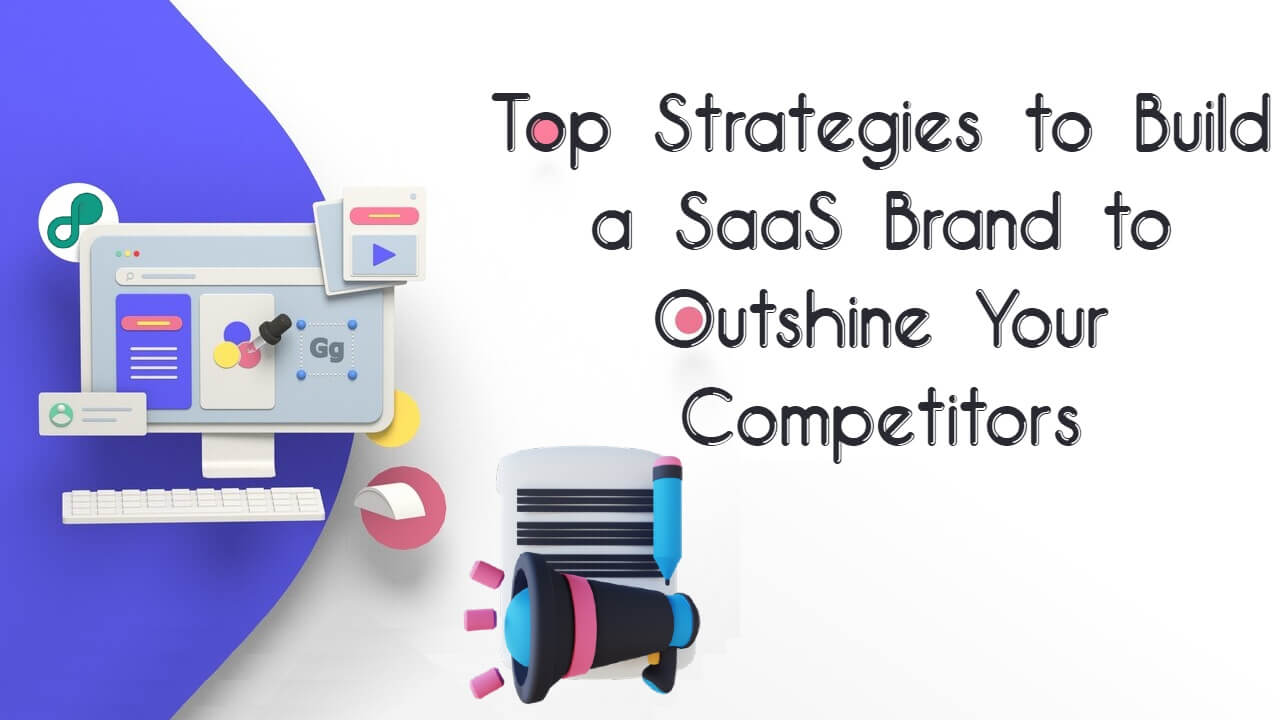
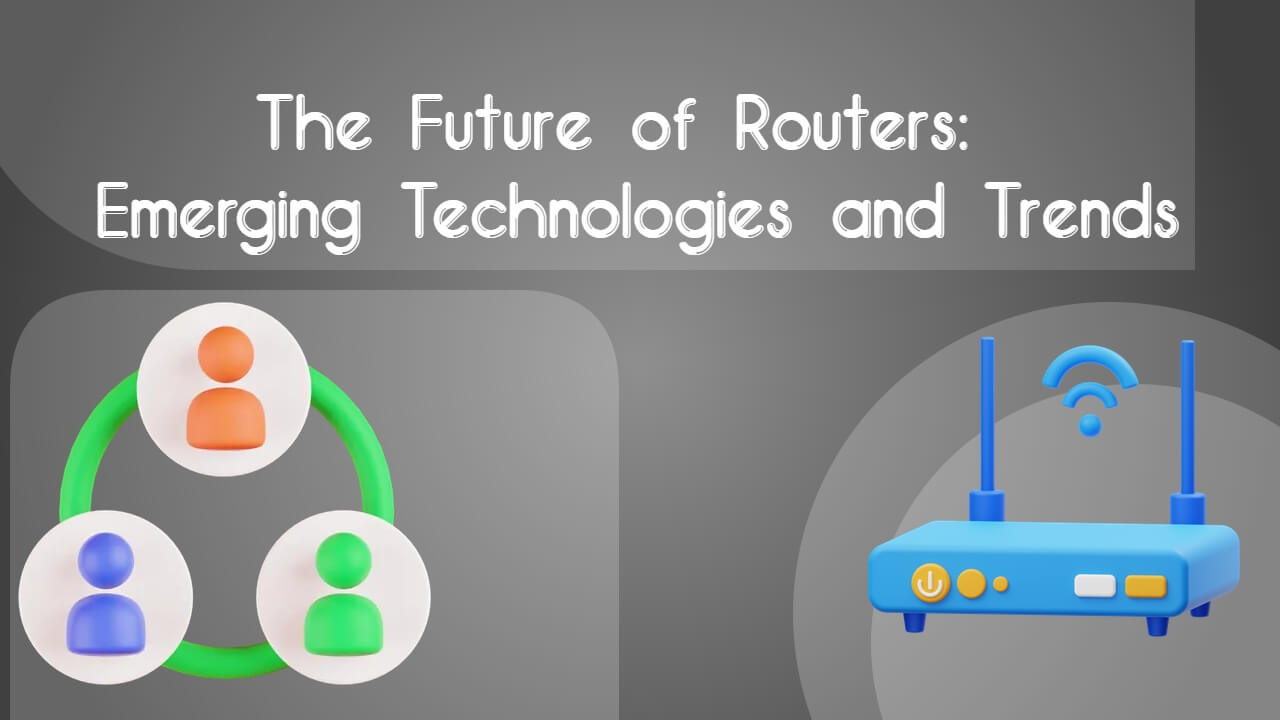






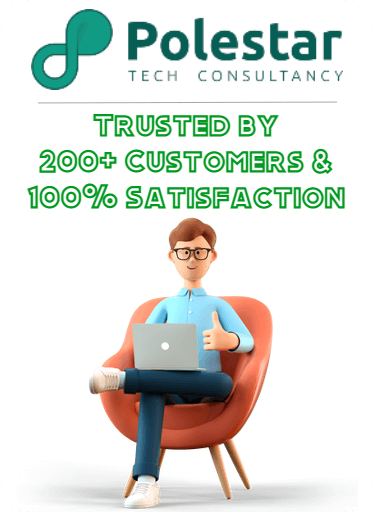
Jay Pala